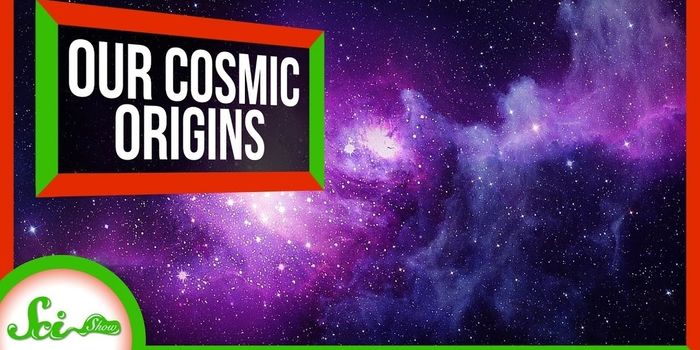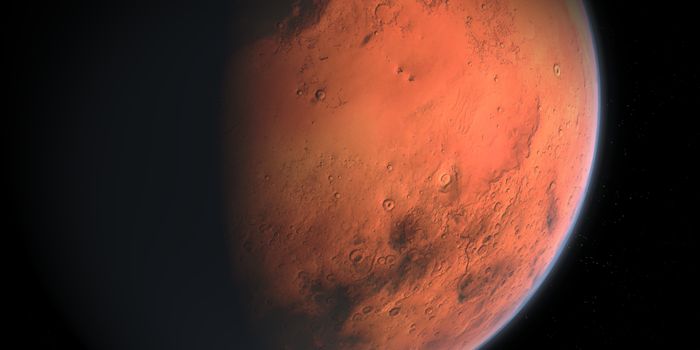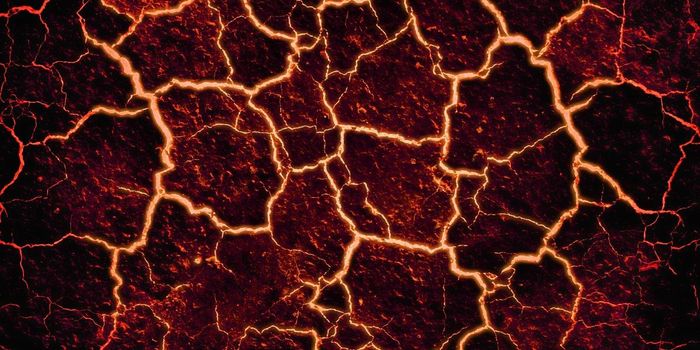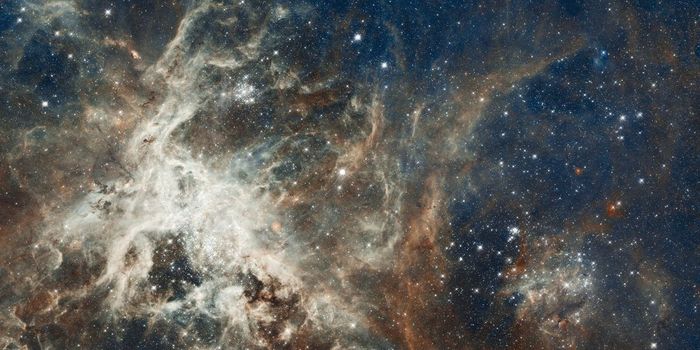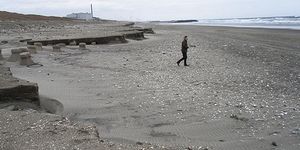I know I can't be alone in my long-time goal of being witness to the Northern Lights. Well those of us who live in the Boston and northern New England region were in luck last night in achieving that goal. Did you catch the lights? Whether you did our didn't, you may be curious about how and why the aurora borealis actually happens. Last night's aurora borealis was a result of a coronal mass ejection, or a CME. But what does that mean, exactly?
"It's a solar flare, and it ejects geomagnetic energy, which then starts to interact with the ionosphere," explained National Weather Service meteorologist Matt Doody. Basically, a large sunspot on our sun erupted and created the solar flare that Doody talks about. The solar flare explosion then produced the CME. The CME results in geomagnetic storms that show the famous lights we all dream of seeing. So hopefully you were about to head north and catch a glimpse of the most beautiful storm!

